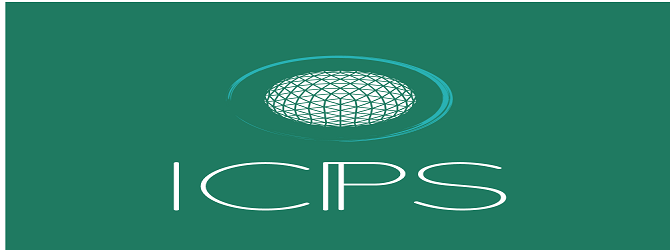Sustainable Management Practices of Apple Scab (Venturia inaequalis) Disease–A Review
The most significant and destructive fungal disease affecting cultivated apples (Malus × domestica) is apple scab (Venturia inaequalis (Cooke) Wint.), which results in financial losses due to reduced fruit quality and yield in several apple-growing regions. Compared to other pests, it does greater harm to the economy. The economic losses might rise to 70% of the output value if the sickness is not well controlled. In the event that no control measures are implemented, it may potentially impact the entire yield. The most common method of controlling scabs is still to apply fungicides often all season long. Nevertheless, fungicide-resistant scab strains have emerged as a result of selection pressure, endangering the sector. Therefore, commercial cultivars with long-lasting resistance traits will be identified and created in all apple-growing nations. This is the reason that the selection of disease-resistant cultivars is presently prioritized in all significant Western breeding projects. The biology, available management strategies, and defensive mechanisms were all covered in this study, with a focus on the areas that will require more investigation.
 Spanish
Spanish  Chinese
Chinese  Russian
Russian  German
German  French
French  Japanese
Japanese  Portuguese
Portuguese  Hindi
Hindi 



